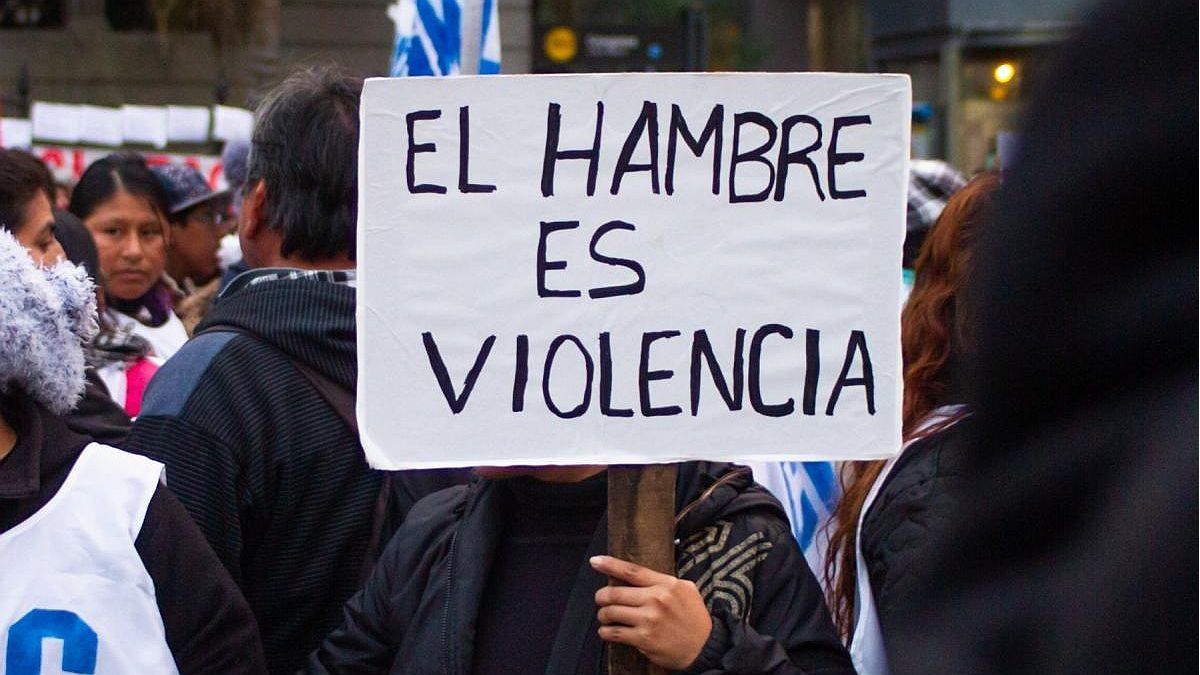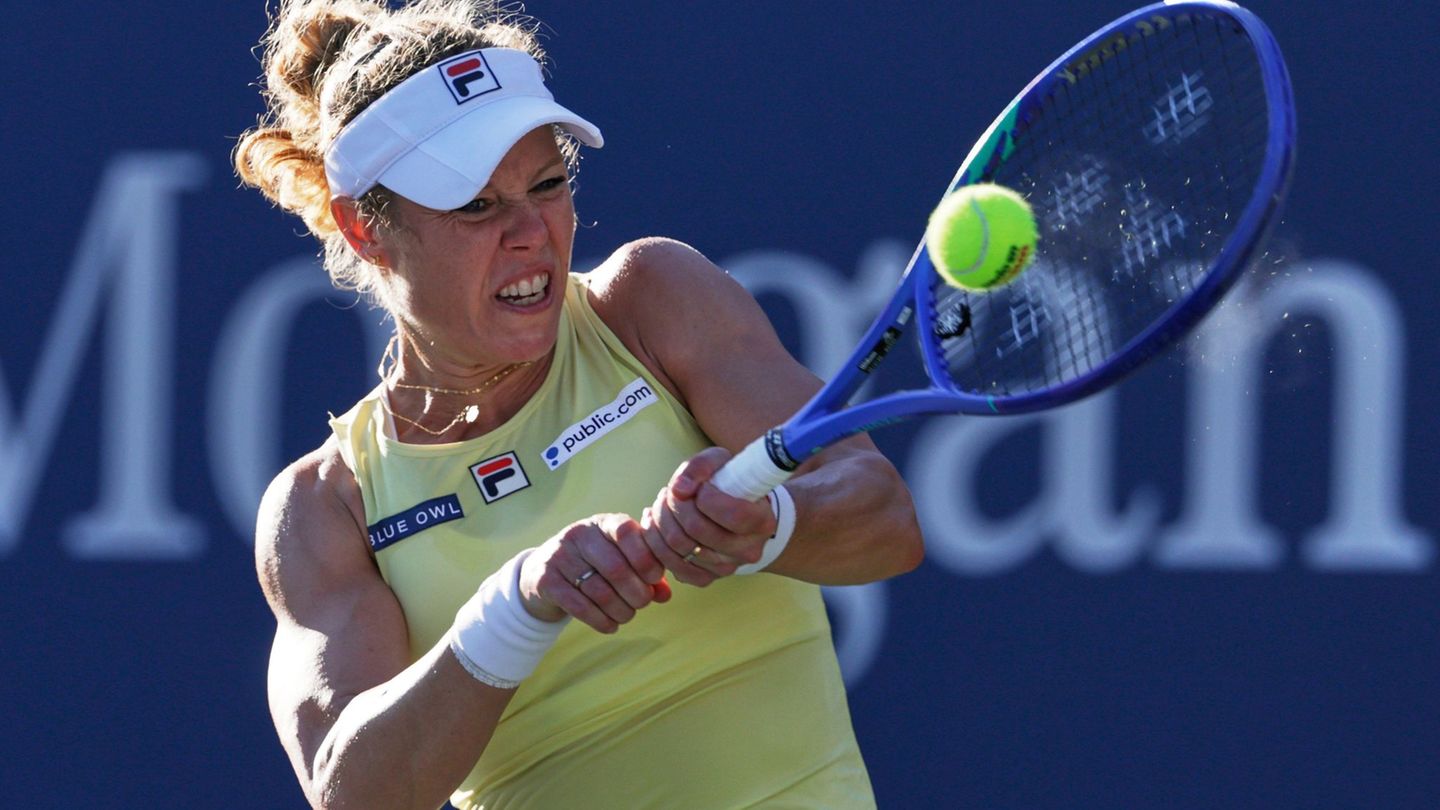“In 2021 between 702 and 828 million people suffered from hunger”, that is, about 9.8% of the world’s population, indicated in a joint report the fao, the International Fund for Agricultural Development (IFAD), Unicef, the World Food Program (WFP) and the World Health Organization (WHO).
This number implies that there were 46 million more hungry people compared to 2020when the situation had already deteriorated due to the covid-19 pandemic.
According to the FAO, “the world is moving away from its goal of ending hunger, food insecurity and malnutrition in all its forms by 2030”, as projected by the UN with its Sustainable Development Goal SDG-2 “Zero Hunger”.
The organization points out that 670 million people will still suffer from hunger at the end of this decade, “a figure similar to that of 2015”, when the international community set the goal of eradication.
hungry.jpg
Latin America
In Latin America and the Caribbean, “in just two years, 13 million people have fallen into hunger and “four out of ten live with food insecurity,” said the regional representative of the FAO, Julio Berdegué, which described the situation as “extremely serious”.
According to the report, of the total number of hungry people in 2021, 7.4% live in Latin America and the Caribbean.
The Caribbean, within the region, has the highest proportion of the population that suffers from hunger (a little over 16%), double that of Central and South America.
But since 2015, “the hunger it has almost doubled in South America”, while in the Caribbean it increased by 2.2% and in Central America, by 0.9%.
“In 2021, 40.6% of the population (268 million people) faced moderate or severe food insecurity, that is, 1.1% more than in 2020” in the Latin American and Caribbean region, he specified.
This problem “is no longer limited to social groups that have lived in poverty for a long time”, but “food insecurity has reached the cities and tens of thousands of households that had not experienced it before”, he warned. Julio Berdegue.
The gender gap it expanded on a global scale between 2020 and 2021, but “it is more evident in Latin America and the Caribbean, the report continues.
“In 2021, 31.9% of women in the world suffered from moderate or severe food insecurity compared to 27.6% of men”, but in Latin America and the Caribbean “the difference between men and women was 11.3 percentage points.” In 2020, it had been 9.4 percentage points.
If drastic measures are not taken on a global scale, “all our efforts will have simply served to tackle the great crises we have experienced”lamented the president of IFAD, Gilbert Houngbo, in an interview with AFP.
The five organizations warn of “the intensification of the main factors of food insecurity and malnutrition, namely, conflicts, extreme weather events and economic shocks, in combination with the increase in inequalities.”
“The question now is not whether adversities will continue to occur or not,” they conclude, “but rather that we should be taking bolder steps to build resilience to them,” such as the conflict in Ukraine, that disrupts supply chains and drives up prices.
The Horn of Africa (Somalia, Kenya, Ethiopia) is also experiencing one of the worst droughts in more than 40 years, which is decimating livestock and crops and threatening more than 16 million people with famine, according to the UN.
On the other hand, 2.3 billion people were severely or moderately food insecure at some point in 2021, meaning that they did not have access to adequate food or had difficulty feeding themselves in some periods.
Most live in rural areas of developing countries, especially in Asia and Africa, said the president of IFAD.
Source: Ambito
David William is a talented author who has made a name for himself in the world of writing. He is a professional author who writes on a wide range of topics, from general interest to opinion news. David is currently working as a writer at 24 hours worlds where he brings his unique perspective and in-depth research to his articles, making them both informative and engaging.




